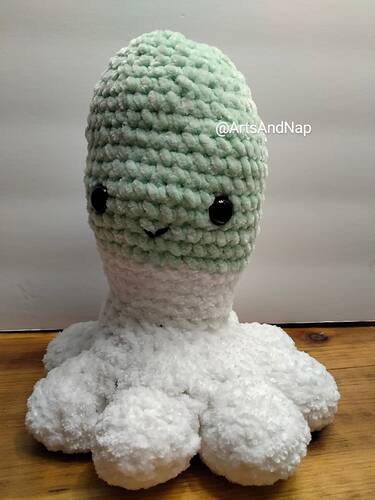1- become best friend with your stitch markers. They will save you more times than you can count.
2- learn both US & UK terms, along with chart symbols. That will open up your world to even more patterns to try.
3- try patterns from as many designers as possible. There are so many styles of writing out there so it is useful to become familiar with as many as possible. In addition to writing styles we all have differing construction techniques. This will help to develop your own style.
4- keep your ball bands until you are sure you have finished your project. That way if your run out you will know exactly what you were using, in addition it helps the yarn shop to track down exactly what you are after. A small scrap of yarn doesn’t really help us shop owners find the right one or shade you are after.
5- set yourself the task of always trying something new. A new technique, a new style of crochet (ie Tunisian, filet, broomstick, hairpin, mosiac, interlocking). There is so much to learn and after 10 years of crocheting daily I still haven’t learned it all.
6- take regular breaks if you are crocheting or knitting for long lengths of time, and exercise your fingers, wrists, elbows and shoulders. Take it from someone with chronic pain issues, if you don’t exercise and take breaks this can cause repetitive strain issues and carpal tunnel syndrome.
7- most importantly enjoy the journey and the transformation. Celebrate yourself and your work after each project. Be bold and reach up to the next level. Don’t limit yourself, push yourself.
An after thought - find a hook that is comfortable for you, it needs to fit in your hand relaxed and like it’s a part of you, an extension of your hand. An uncomfortable hook makes for an uncomfortable experience. Like someone else said further up, let your hook do the work. I think of it like steering a car, guiding it to where I want it to go.
I hope this helps you all

